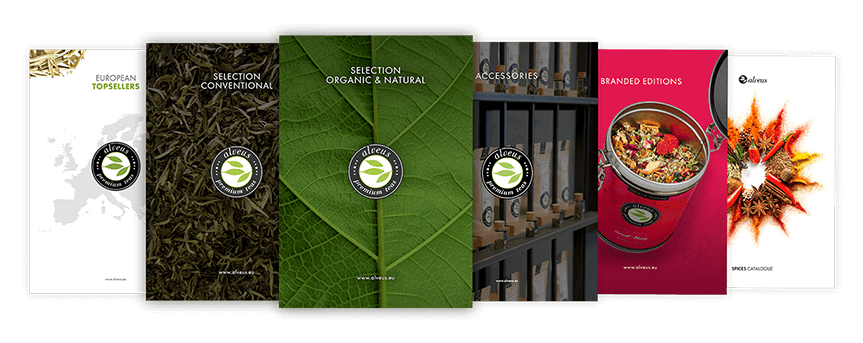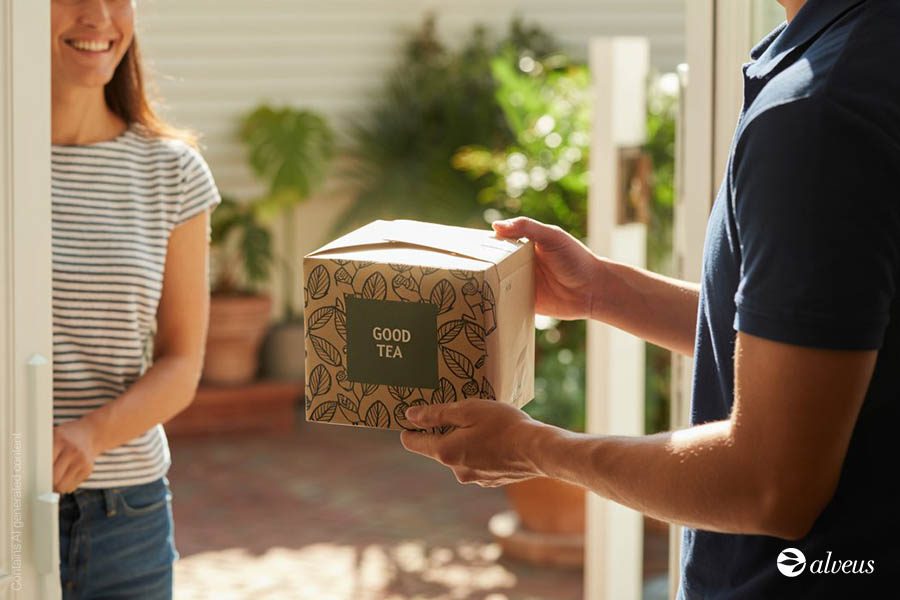In the 21st century, subscriptions are part of our everyday lives: streaming platforms, gyms, cars, technology…
Have you ever thought tea could be part of this trend too?
From our experience with clients, we can confirm that tea subscription sales work, and in many cases, even better than you might expect!
This business model is ideal both for entrepreneurs wanting to sell tea innovatively and for shops looking to diversify their income streams. So, if you’d like to become the next “Teaflix”, keep reading: we’ll guide you step by step on how to launch your own tea subscription business.
Understanding the Tea Subscription Model
The subscription model involves offering tea regularly — usually monthly — in exchange for a fixed fee.
In other words, customers (subscribers) automatically pay a set amount each month, and you send them a box with a selection of teas.
To make it more appealing, each delivery usually follows a different theme. For example: Christmas teas, summer blends, pure black teas… or a mix of different families, such as a green tea, a black tea, an oolong, and a blend.
In this type of business, shipping is often included in the fee, and the profit margins — to offer a competitive price — are slightly tighter than with traditional sales. However, in return, it’s a scalable model with strong potential for customer loyalty.
First Steps: How to Structure Your Subscription Model
Before launching into the market, the first step is to identify your target audience. Will you focus on organic teas, exotic blends, wellness varieties, or a combination of all of them?
Knowing your audience well will allow you to tailor your offer, stand out from competitors, and position yourself as their first choice when buying tea.
The next step is to design a solid business plan. Define your goals, marketing strategies, pricing structure, and shipping logistics. Don’t forget to include a market analysis and financial projections: these will help you validate the model’s viability and build a sustainable base for long-term growth.

Selecting Products for Your Shipments

The key to success in a tea subscription business lies in offering high-quality products and a varied selection that keeps customers interested month after month.
Work with reliable suppliers who can guarantee consistent access to fresh, well-rated teas.
Combine essential classics — such as pure black, green, or white teas — with original or seasonal blends that surprise and excite your subscribers. Surprise is a fundamental part of the experience!
Whenever possible, offer different subscription plans. This will allow you to reach different customer profiles, though it’s true that it involves slightly more complex logistics.
Within each plan, offer the option to personalise the experience: let customers choose their preferred flavour profiles, tea types, and delivery frequency. The more tailored the service, the greater the satisfaction… and loyalty.
Include interesting information for your subscribers in each shipment: tell them about the teas you’re sending, tea culture, recipes, news… create a unique experience!
Choosing the Platform to Sell Your Tea Subscription
- Cratejoy: a marketplace specialising in subscription boxes, available in certain countries — ideal if you want to tap into an audience already interested in this type of product.
- Systeme.io: a very intuitive platform where you can create a free website (up to 2,000 contacts) and sell subscription products without technical complications.
Marketing and Promotion Strategies

To get your business off to a strong start and grow quickly, marketing will be your best ally. You’ll need visibility, valuable content, and a clear strategy.
Start by creating educational and engaging content about the world of tea. Publish blog posts, downloadable guides, short videos, or infographics that not only promote your subscriptions but also teach your audience about different types of tea, their benefits, and their culture.
Content marketing will help you attract organic traffic to your website and position yourself as a reference in the industry.
Make use of the power of social media to connect with your community, showcase your products, share testimonials, and spark conversation.“Crashing” campaigns — intense and creative actions over a short period of time — can have a big impact and quickly attract new subscribers.
Another key strategy is to collaborate with influencers and bloggers who specialise in tea, wellbeing, or lifestyle. Reviews, unboxings, and mentions from trusted people help build trust, visibility, and conversion.
Factors for Success in Your Tea Subscription Sales System
As with any business model, long-term success depends on taking care of every detail, especially customer service.
Respond to questions and issues quickly and warmly: a good experience can make the difference between a one-off subscription and a loyal customer.
Collect and analyse subscriber feedback regularly. Their comments are an invaluable source of ideas for improvement, innovation, and refining your offer.
Also, keep your focus on key metrics:
- Retention rate, to know how many customers stay with you, month after month.
- Customer lifetime value (CLV), to understand how much each subscriber contributes over time.
- Customer acquisition cost (CAC), to evaluate whether your acquisition strategies are cost-effective.
Want to grow faster? Encourage word of mouth with referral programmes: offer a bonus gift to anyone who brings in new subscribers. It’s one of the most effective and affordable ways to grow.
And finally, don’t forget: the real secret to keeping your customers isn’t just having a great product, but offering consistent quality and, above all… surprising them with every delivery!










